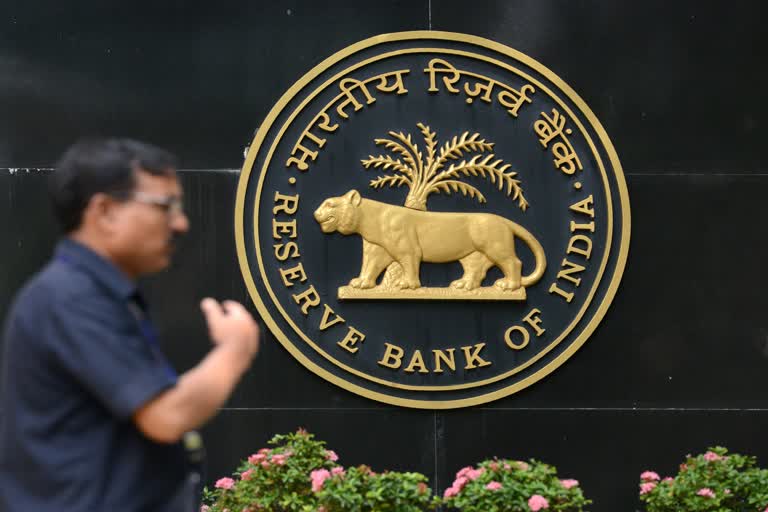Mumbai: Although the banks remain flush with liquidity and interest rates lowered significantly, credit offtake from banks was very low and "anaemic" during the first half of the current financial year (2020-21).
The low credit offtake can be attributed to the weak demand and persistent uncertainty amid the pandemic.
"During H1 2020-21, bank credit offtake was anaemic, reflecting weak demand and uncertainty in the wake of the pandemic," showed the Monetary Policy Report for the October 2020 released by the Reserve Bank of India (RBI).
It showed that non-food credit growth (y-o-y) was 5.1 per cent as of September 25, 2020, lower than 8.6 per cent a year ago, driven by weak momentum and base effects.
It noted that the slowdown in credit growth was spread across all bank groups, especially foreign banks.
Credit growth of the public sector banks remained modest, although with some uptick since March 2020.
Read more: Loan moratorium period cannot be extended: RBI informs SC
"Of the incremental credit extended by the scheduled commercial banks (SCBs) on a year-on-year basis (September 27, 2019 to September 25, 2020), 62.3 per cent was provided by the public sector banks and 41.2 per cent by the private sector banks, while the share of the foreign banks turned negative," said the report.
The deceleration in non-food credit growth was broad-based, with credit offtake slowing down in all the major sectors.
Though personal loans and credit to agriculture registered some improvement in July 2020, the momentum could not be sustained in August.
Credit growth to services and industrial sectors has also tapered off after showing some promise in the Q1 of FY21.
Personal loans accounted for the largest share of total credit flow in August 2020, followed by services. While the share of personal loans, services and agriculture increased in August 2020 vis-a-vis the previous year, the share of industry contracted.
(IANS Report)



